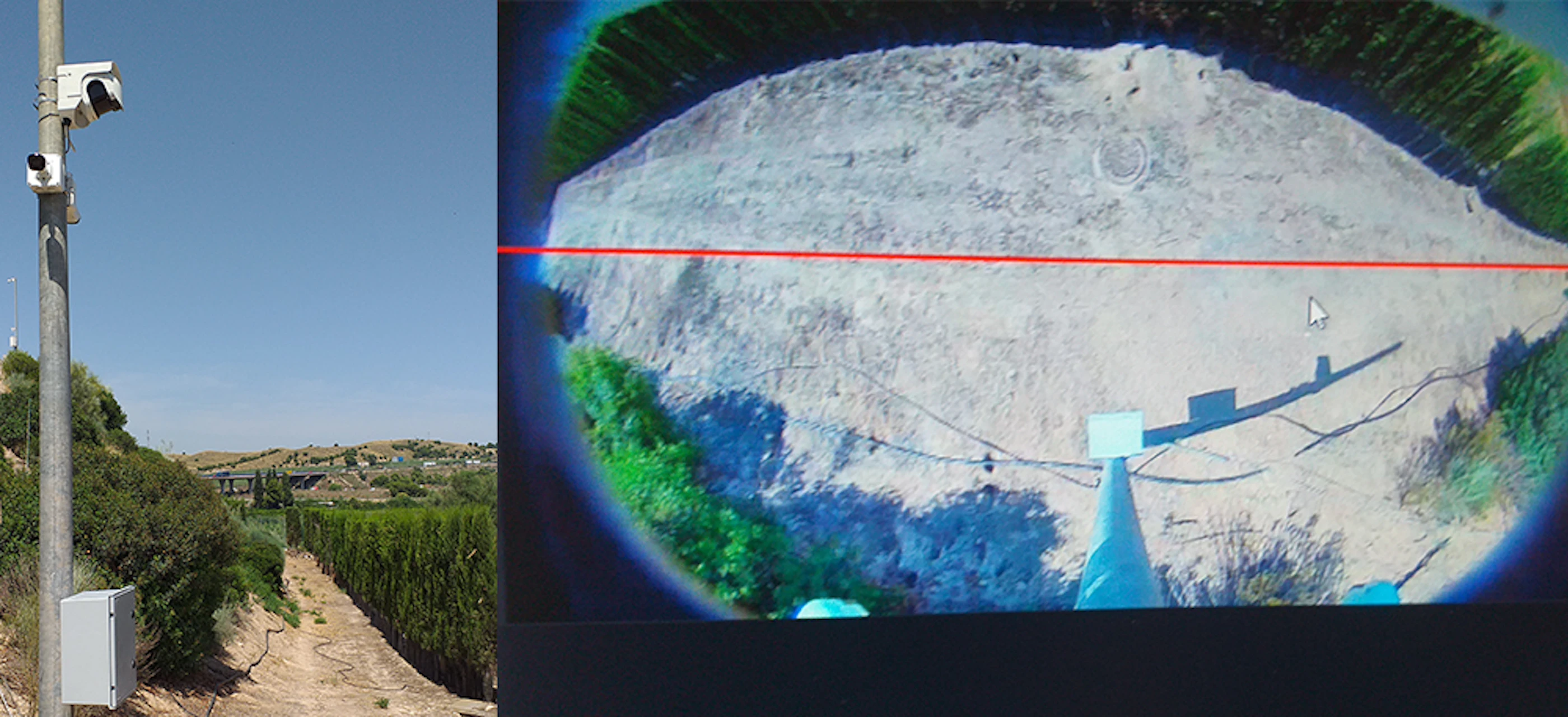
Protecting narrow outdoor spaces with 2D LiDAR technology
External narrow corridors represent one of the main challenges for intruder detection technologies. One of the main issues faced by security systems relying on analytics cameras is the number of nuisance alarms or even worst: missed real intrusions. 2D LiDAR sensors are the optimal alternative to effectively and consistently solve this problem and have been successfully deployed to provide the solution.

It is common to find narrow corridors by the perimeter line, whether it is a narrow space created by vegetation growing near the fence line, a building that is too close to the perimeter wall or buildings in a high-security area which are next to each other. The challenge of protecting narrow outdoor spaces is faced by many facilities, including large residential properties, farming estates, industrial sites, governmental buildings and critical infrastructures.
Challenges of protecting external narrow corridors
Protecting narrow corridors is a complicated task for many technologies for several reasons. The first challenge in these areas is the short distance, sometimes just a couple of meters, and with occlusions that could block the field of view.
One further challenge to be faced in narrow areas are the occlusions, usually vegetation or building structures, that provide a hiding place for the intruder and reduce the detection field of view. To address this and avoid blind spots would require the costly installation of multiple devices.
How is the challenge solved with LiDAR
Our 2D REDSCAN LiDAR technology has the ability to be mounted vertically, angled and horizontally providing very accurate and ultra-fast detection in just 100 milliseconds, much faster than other similar technologies, such as radar and video analytics.
The classification criteria can be configured for each zone depending for instance on target size, distance from the ground and time of exposure to the laser, and it is therefore easy to ignore moving vegetation and wildlife, which could be a major cause of false alarms for other technologies.

